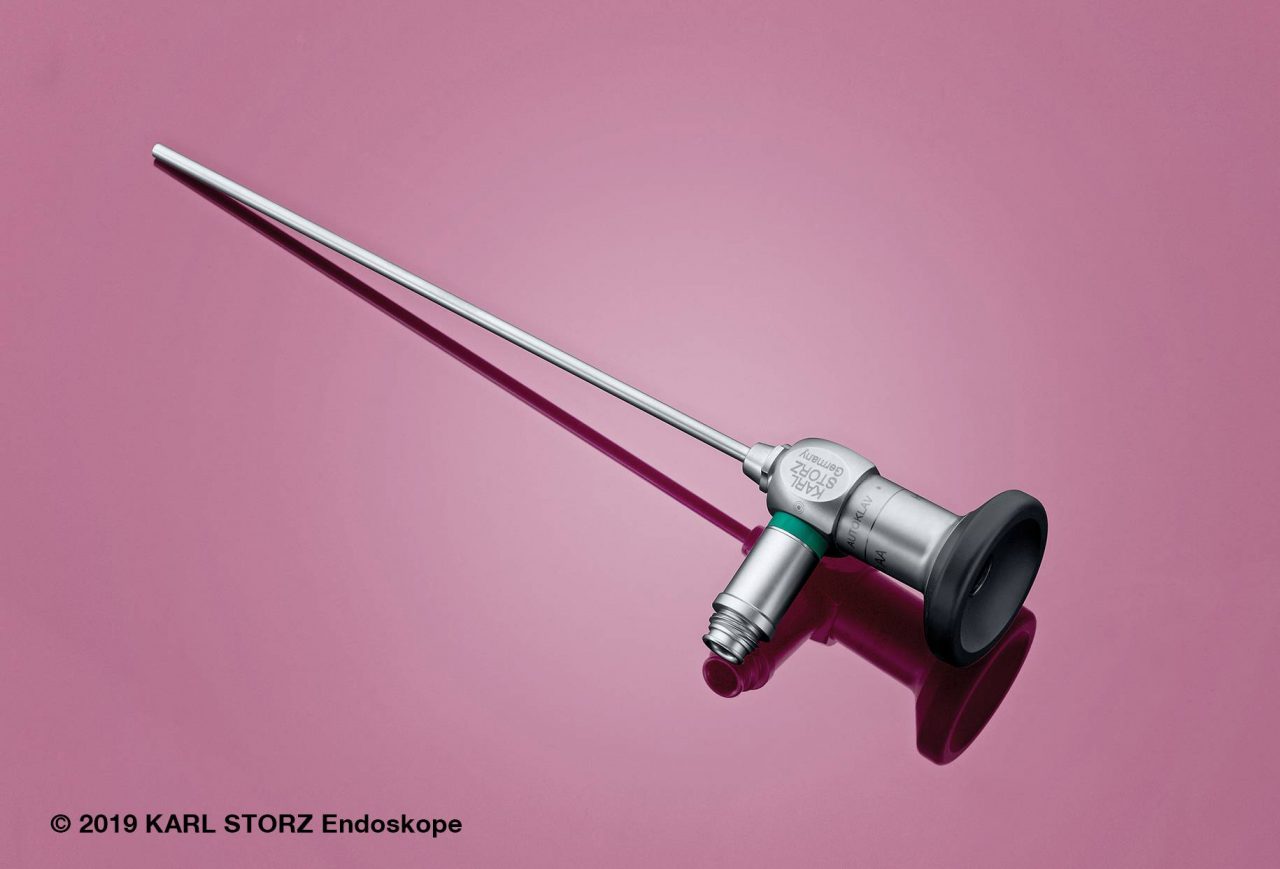The use of endoscopes in otolaryngology, and in otology and skull base surgery specifically, has increased markedly since the 1980s. Endoscopic sinus surgery revolutionized the management of sinus disease by improving the visualization of important structures as viewed through the nostrils and nasal cavity.

The view endoscopes provide can increase visualization of small anatomic confined spaces. In certain cases, completely endoscopic procedures on the ear may be performed. Endoscopic ear surgery can be used to treat chronic ear diseases, specifically to repair holes in the eardrum and removal of chronic infections. Endoscopes also allow your doctor to reduce the amount of surgical manipulation of the ear and surrounding structures, potentially reducing your discomfort.
The use of an endoscope provides your doctor with additional visual information of normal and abnormal structures in the ear, such as in cases of congenital malformations of the ossicles or the bones involved in hearing. Endoscopes can also assist in navigating narrow corridors of the ear, such as in the petrous apex, sphenoid sinus and the delicate cranial nerves that travel from the brainstem into the inner ear.
In addition, endoscopes serve to provide detailed documentation of diseases found at surgery and can help educate both you and physicians in training.
The combination of traditional and endoscopic techniques gives your otologist/neurotologist the best set of tools to manage all types of ear disease.